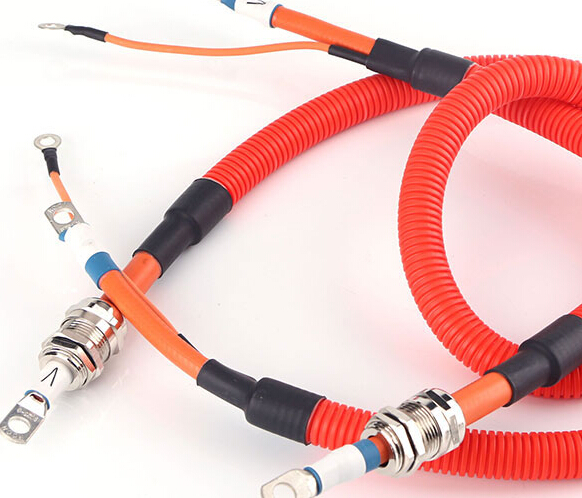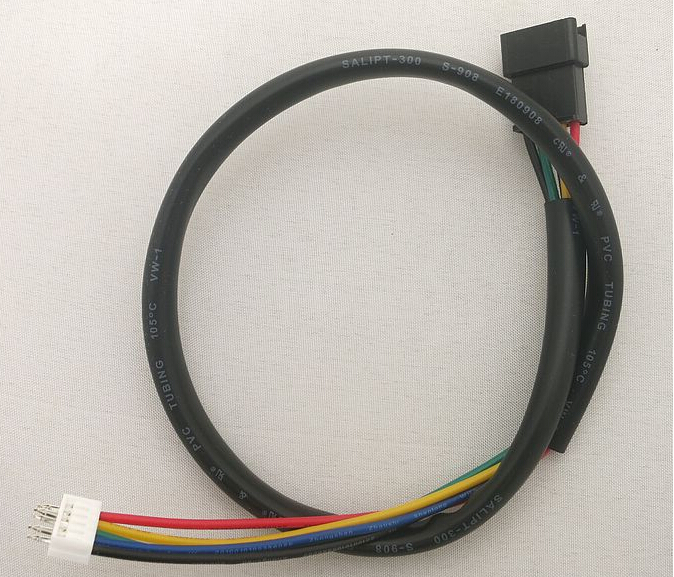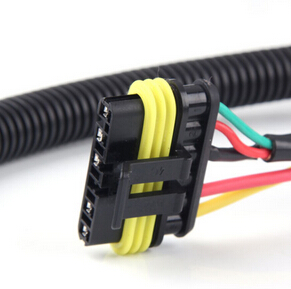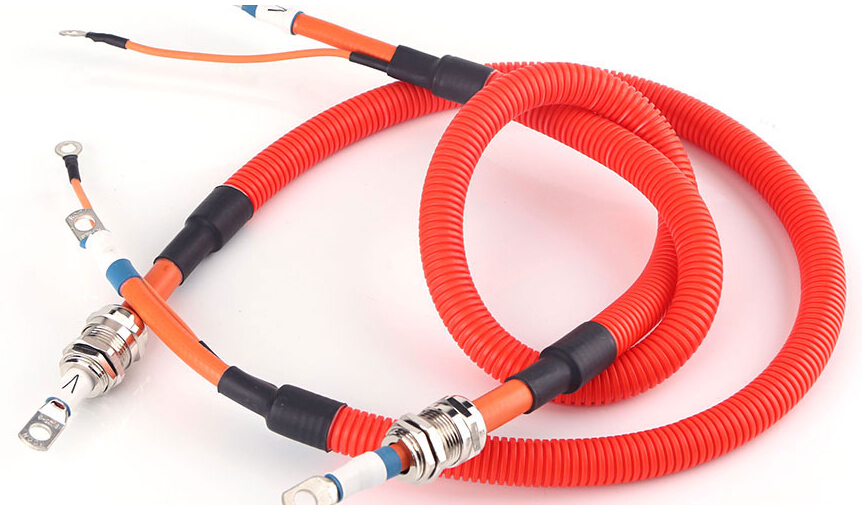The rated current of high-voltage harnesses for automobile transmission is relatively large, which can reach up to several hundred amps. Therefore, the diameter of the selected cable is relatively large. This imposes higher requirements on the crimping quality of the cable and the connector terminals. In order to ensure that the cable and the connector terminal are crimped and fastened with high quality, ensure that the electrical properties (such as rated current) and mechanical properties (such as pull-out force) meet the requirements after crimping of the automotive high-voltage harness, and then the crimping process The main factors affecting the crimp quality of the cable and the connector terminals (including the terminal structure, crimping method, crimp height, and crimp length) are analyzed.
Terminal structure and crimping method
At present, the commonly used connector terminal structure of automotive high voltage harnesses. The terminal structure can be divided into contact section, middle section and crimp section. The contact section is used to ensure the docking of connectors, the transmission of electrical power and signals, and the middle section is the receiving area between the contact section and the crimp section to ensure that the contact section and itself are not deformed during the crimping process, and at the same time, they are positioned. Effect, once the deformation occurs in the crimping process, will seriously affect the performance of the automotive wiring harness; crimping section for connector terminals and cables under external force contact and connect, its quality directly affects the automotive wiring harness conductivity, pull off force, Appearance shape.
When the conventional closed-cylinder terminal and the cable are crimped, a pressure-bonding molding method is used. The force applied during the crimping is shown in FIG. 3, and the entire model can be simplified into a simple-supported beam. Although the pressure F applied to the entire terminal crimping section remains substantially constant, the moment is also different due to the difference in the arm length L (the fulcrum is the step). According to the simply supported beam theory, the bending moment at the crimping section L/2 is the largest, resulting in a different crimping height (ie, the cross-sectional height of the crimped portion of the terminal after the crimping of the connector terminal and the cable). The actual contact after crimping has only a small part and only corresponds to line contact. This seriously affects the electrical performance and mechanical star energy of the automotive high-voltage harnesses that require long cable lengths, high tensile strength requirements, and crimp lengths (ie, the contact lengths of the connector terminals and the cable crimps).
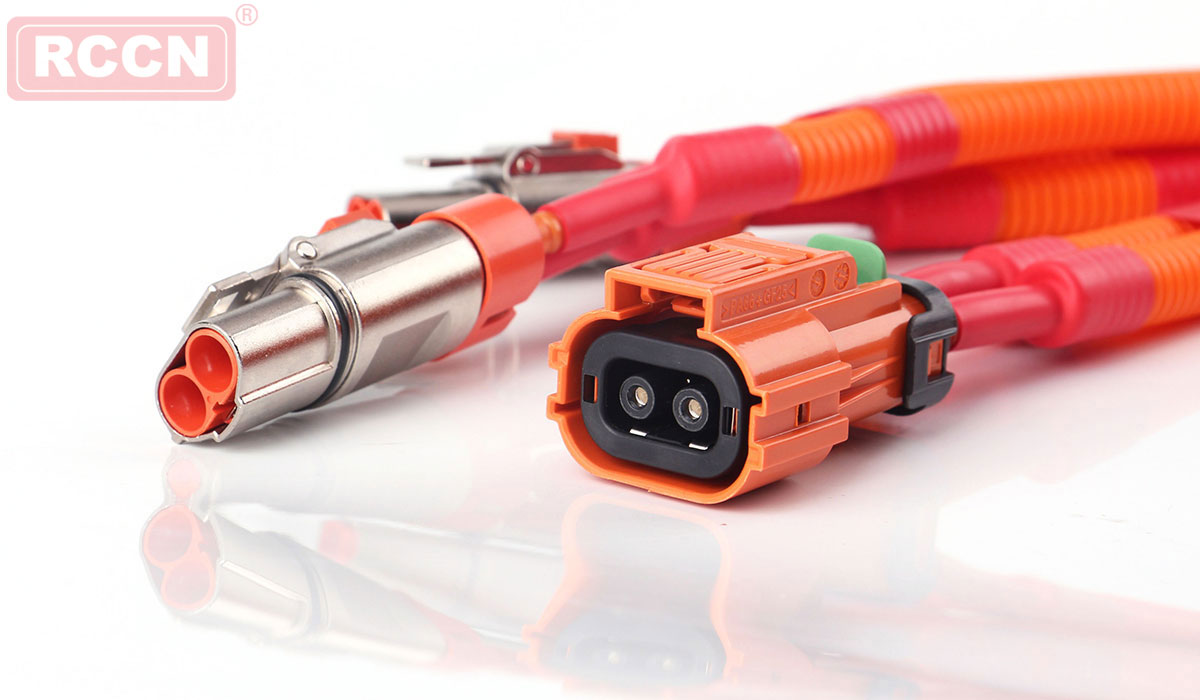
In order to ensure the electrical performance and mechanical properties of the automotive high-voltage wire harness after crimping, and avoid the contact caused by the different crimp heights in one-time crimping molding process, the product is too small. After optimized design, the automotive high-voltage harness connector terminals are segmented. Terminal. When the segmented terminal and the cable are crimped, a sectional crimping method is adopted. The crimping method can crimp the two sections and then reduce the original crimping length and save the design space while satisfying the automobile high-voltage wire harness. Pull off and conductivity requirements.
The finite element method was used to simulate and analyze the displacement of the traditional closed barrel terminal crimp section and the optimal design of the segmented terminal crimp section when the same applied force was applied to the crimp section. The simulation analysis results are shown in Fig. 5. It can be seen that after crimping with the same external force, the traditional closed barrel terminal crimp section is arched, and the displacement at the proximal end and 1/2 is the largest. Here, the crimped contact between the cable and the contact terminal is achieved; the optimized design is segmented. The crimping section of the terminal is shaped like a drum. There are two displacements at maximum, and the deformation at the middle step of the two crimping sections is relatively small. During the simulation crimping process, the cable and the terminal have more contact and accumulate, and at the same time The shape characteristics of the high and two low crimp sections form a barb shape, which strengthens the connection between the cable and the contact terminals.
















 RCCN WeChat QrCode
RCCN WeChat QrCode Mobile WebSite
Mobile WebSite
